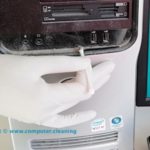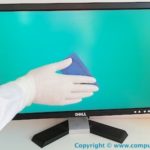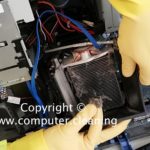Reducing
Reducing consumption and redesigning the product (s) are the best ways to cut the waste production.
Some of the ways to reduce resource use are:
• consume less, do not buy unless you absolutely need it.
• redesign manufacturing processes and products to use less material and energy. Example- Fuel-efficient cars which will give more mileage using fuel.
• redesign manufacturing processes to minimise the waste for examples –use of hydrogen peroxide instead of toxic chlorine to bleach paper in the manufacturing process reduces.
• develop products that are easy to repair, reuse, recycle.
• design products which last longer like car tiers which run for longer distances before they get damaged.
• reduce or get rid of unnecessary packaging or use reusable packaging and recyclable packaging.
Reuse
Reuse process of products is an important way to reduce resource use, reduce pollution and waste. Reuse means cleaning and using the materials over and over, thereby extending the lifespan of the products.
• This form of waste reduction reduces the use of material and energy resources, cuts pollution and waste, creates local jobs and saves money, for example recovering automobile parts from old cars in junkyards, recovering and collecting bricks, doors, fine woodworks and steel from old houses and reusing them for new constructions.
• In the past a tradition of using cloths napkins, glass and metal utensils but gradually throw away tissues are substituted for reusable handkerchiefs, disposable paper towels and napkins for reusable cloth ones; throw away paper plates, cups and plastic ones for reusable plates, cups and metal utensils. We are using a lot of aluminium foil and plastic bags. We must get back to our good old habit of using more cotton, jute and metals in our daily life. This will surely reduce the load of garbage.
• While reusing the products, care must be taken to protect the health of people dealing with such objects. For example discarded TV sets, computers and cell phones are dismantled to recover usable parts and in the process, one can get exposed to toxic metals like mercury, cadmium and lead. The remaining scrap is dumped in open fields or burned in the open which exposes the workers to toxic fumes of dioxins.
Recycling
Recycling is an important way to collect waste material and turn them into useful products that can be sold and used again.
• Recycling involves reprocessing of discarded materials into new useful products. Some common examples are recycled paper products (newspapers, magazines, office and school papers, cardboard), glass, aluminium, steel and some types of plastics.
• Biodegradable organic wastes (kitchen and other biological wastes) can be decomposed by microorganisms and worms and converted into composts which are returned to the soil as manure.
• Primary recycling occurs when waste is recycled into new products of the same type like turning old newspaper into new newspaper material, used aluminium cans into new aluminium cans, waste plastic bags into useful waste collection plastic bags.
• Secondary recycling occurs when waste materials are converted into different products. For example, used automobile tyres can be shredded and turned into the material to be used as rubberized road surfacing and newspaper can be turned into cellulose insulation, short fibres from paper pulp industry can be converted into paper boards.
Related Topics:
Nuclear Hazards, Their Causes, Prevention and Control
Safe Disposal of Nuclear Wastes
Life Cycle Analysis OR Life Cycle Assessment





